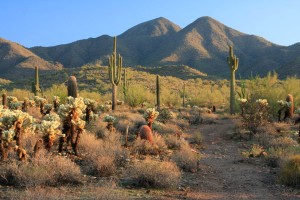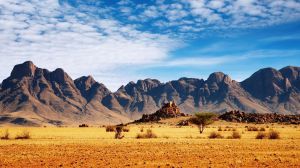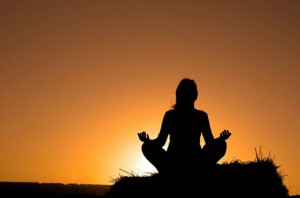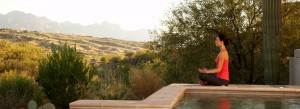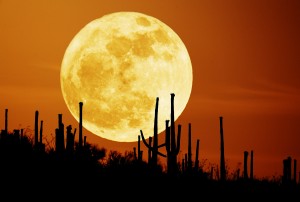Meditation is an ancient practice that has been utilized for centuries to reach a deeper sense of self and to cultivate a heightened sense of wellbeing. In modern times, the practice of meditation has made its presence known across cultures and countries, with an increasing amount of scientific research being conducted to analyze its benefits. Studies have indicated that regularly practicing meditation can offer a wide variety of healing benefits, including physical, mental, emotional, and spiritual healing. In this article, we discuss the holistic approach to healing that meditation offers and describe how this powerful practice can help us achieve overall wellbeing.

When we think of meditation, the image of someone sitting on the floor with their eyes closed can often come to mind. While posture does play a fundamental role in this practice, it is important to focus more on the intentionality behind meditation, as this is the key for creating a beneficial experience. Ultimately, it can be summed up by the intentional presence of one’s self in the here and now. It is the practice of mindfulness, the cultivation of energy, the acknowledgment of our true potential, and the ultimate pursuit of awakening ourselves to our deepest truth that will bring us to a new level of understanding and insight.
The practice of meditation not only offers physical healing benefits, but mental and emotional healing as well. Through meditation, one can create balance within the body and mind, helping to reduce stress and depression while promoting better clarity of thought, more relaxed muscles, improved concentration, and greater awareness of one’s feelings and emotions. Furthermore, the practice of meditation can help quiet the overactive mind, that may be full of uncomfortable and painful thoughts, enabling us to find mental and emotional freedom.
The power of meditation also reaches beyond the physical and mental realms, offering spiritual healing too. Meditation helps us to connect with ourselves on a deeper level, leading us to uncover our divine essence and feel connected with something greater. While on the path to spiritual healing, meditation can provide us with a place to explore our faith and beliefs, to source our spiritual energy, and to develop a healthier outlook on life.
Overall, meditation is a powerful tool that can be used to bring us to a place of healing, both mentally, physically, and spiritually. But we must keep in mind that this practice requires patience and dedication. Like a marathon, it is a journey that requires us to keep pushing even when it feels like the end is not in sight. As we slowly but surely progress on this journey, we start to reap the rewards of meditation, helping to bring balance, acceptance, and true wellbeing to all aspects of our lives.




